Artist, composer, and scholar, Tom Phillips is currently in residence at the Institute for Advanced Study as a Director’s Visitor. His focus this fall is the production of Heart of Darkness, an opera-in-progress, music by Tarik O’Regan and libretto by Tom Phillips, based on the novella by Joseph Conrad. The opera will receive a semi-staged workshop performance on Friday, November 9 at 8:00 p.m. in Wolfensohn Hall. When a limited version was presented last year, The New York Times wrote “… a dense, dreamlike chamber opera heavily tinged with exoticism, like ‘Death in Venice’ on steroids.” More information can be found at: http://www.ias.edu/newsroom/announcements/view/1193068784.html
Heart of Darkness is only the latest work from this multi-talented artist and Princeton is fortunate to hold many of Phillips’ other projects, books, and videos in its library collections. In particular, the 1985 trade edition of his Dante’s Inferno: The First Part of the Divine Comedy of Dante Alighieri. Phillips began illustrating and translating the Inferno in the late seventies, and published in a deluxe, limited edition in 1983. Demand was such that a trade edition was issue by Thames and Hudson two years later. Available in Rare Books and Special Collections, Graphic Arts division, GA Oversize PQ4315 .P45 1985q.
Dante’s Inferno represents the first and most famous part of the Divine Comedy (1308-21) and tells the story of the three realms of the dead. It is full of the gruesome punishments meted out to the unfortunate souls sent to Hell—as observed by Dante as he travels through the circles of Hell with his guide, the Roman poet Virgil. It is one of the few undisputed masterpieces of European literature and Phillips’ reinterpretation is one of the most remarkable artist’s books of the twentieth century.
Several years later, Phillips’ translation became the basis for A TV Dante (1989), a mini-series for the BBC, co-directed by Tom Phillips and Peter Greenaway. The series includes eight episode or the first eight cantos, up to the entrance to the city of Dis. The cast includes John Gielgud as Virgil, Bob Peck as Dante, Joanne Whalley as Beatrice. Historical commentary is provided by Ian Armstrong, David Attenborough, Jim Bolton, Nicholas Campion, and others. Available at the Language Resource Center (VIDL): Video Coll. East Pyne, VCASS 631.
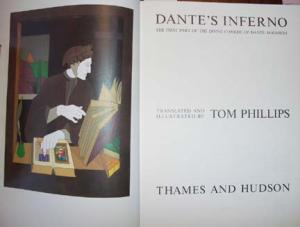
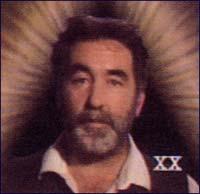
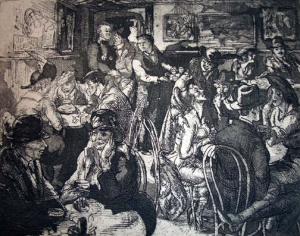
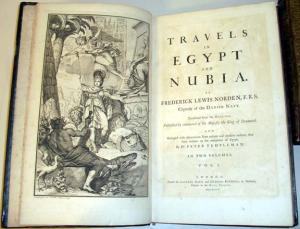
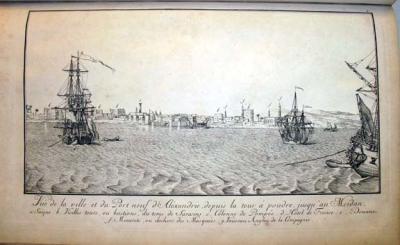
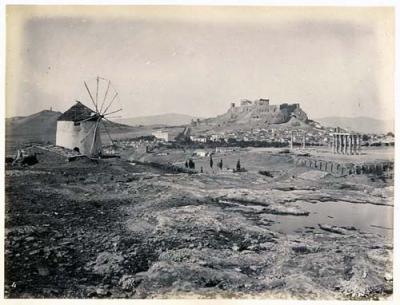
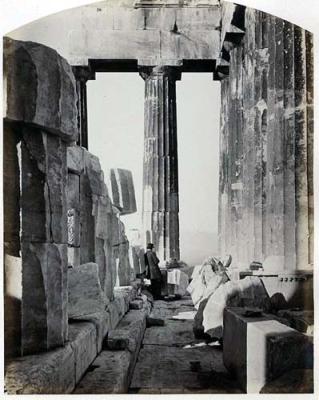

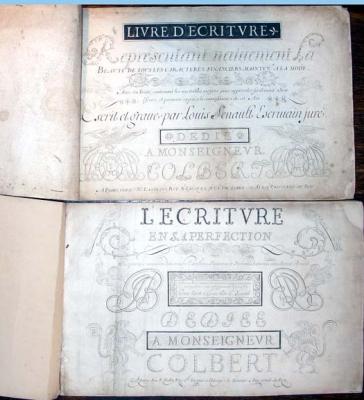
Recent Comments